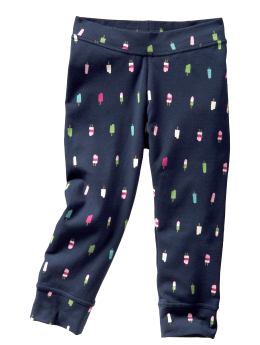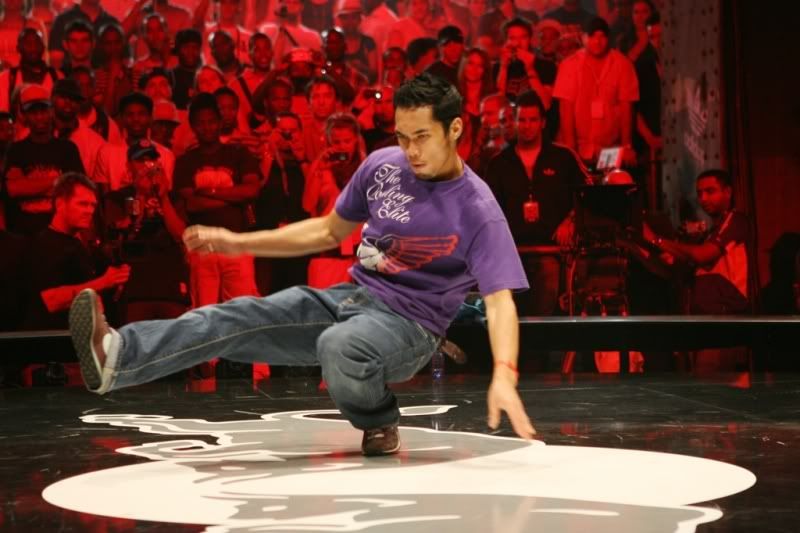
I guess this is it. This is the last entry and post I will be writing in efforts to display my participation in this compact challenge. No offense Professor, but I do not mind that this assignment is coming to an end. However, that doesn't mean that I didn't learn anything from this. or am not going to take any moral lessons behind fighting consumerism and being green. In fact, I've learned a lot with this challenge, especially through the study of Asian American fashion. Thus, my final entry will discuss my understanding of fashion and how a knowledgeable consumer should act in order to fight consumerism.

Kawamura stated that, "Fashion implies a certain fluidity of the social structure of the community, and it requires a particular type of society, that is the modern world where the social stratification system is open and flexible." The American public is a great example of this community, especially of the capitalist form. With the typical "American Dream" motives, such as "make as much money as possible", it's hard to stop the com modification of fashion. In addition, with all of the fashion products, both cheap and expensive, it's hard to remove social status through these goods. However, one must be able to separate what is fashionable and what is just material when it comes to the way one dresses. It is easier said that to be done, given the fact that fashion can be considered in the eyes of the beholder. But, if one were to break down purchasing closes to simple economics, that separation becomes easier.
If a person was considering buying clothes in an economic point of view, clothes are only purchased to fulfill the necessity. They would buy no more, or any less then they would have to. However, this world and social structure have set up the people to purchase as much as possible in order to "feel better," or "look higher class." This conflict between necessity versus wants is the reason why consumerism is such an all-time high.
Here's the lesson that I've learned from this challenge and that I have proposed to as many people I've encountered in the course of this challenge: In order to fight consumerism, you must break down the consumption of goods to either needs and wants. If a person NEEDS something, then that need can be met by purchase. But if a product is simply WANTED, then consumption must be second-guessed. A person needs a shirt, pants, jacket, or hat to keep them clothed and presentable. But a person doesn't need twenty shirts that cost hundreds of dollars. It's simple economics.
Christian Borgonia, Blog #6
Works Cited
Kawamura, Yunia. "Fashion-olgy"
http://images.google.com/imgres?imgurl=http://home.mtholyoke.edu/~nshah/fashioncrimes/New%2520Folder/ishop.gif&imgrefurl=http://home.mtholyoke.edu/~nshah/fashioncrimes/consumerism.html&usg=__qtfCyD3mGp7qnjZw39rF-RPxsFU=&h=276&w=287&sz=18&hl=en&start=15&sig2=_a42SCE3wi2DxVtAjC61WA&um=1&tbnid=rk7ss_admZ8s_M:&tbnh=111&tbnw=115&prev=/images%3Fq%3Dconsumerism%26hl%3Den%26sa%3DG%26um%3D1&ei=TLYsSvDBBKK6tAOPkbz-Cg































